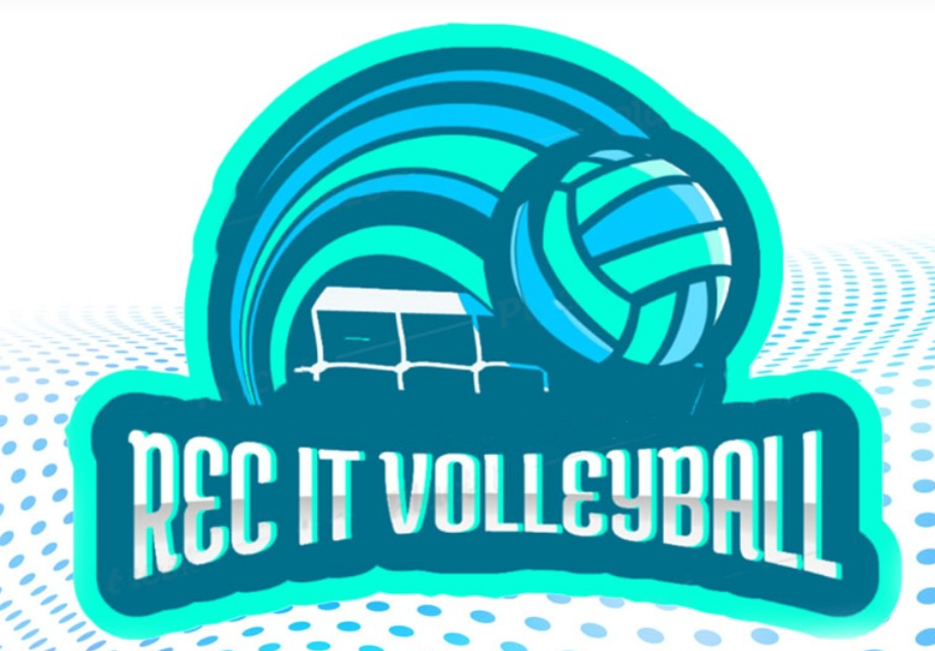The Biden administration announced a plan Monday to expand access to affordable high-speed internet access for millions of Amer <a href=https://www.stanley-cups.uk>stanley cup</a> icans. The plan is part of the Affordable Connectivity Program ACP , which was created under the bipartisan infrastructure bill that was signed into law in November.Twenty internet service providers have agreed to either lower costs or increase speeds to provide eligible households with access to broadband internet with speeds of at least 100 megabits per second, at a cost of no more than $30 per month, the administration said in a statement. The 20 ISPs, which include ATT, Verizon and Comcast, cover roughly 80% of the U.S. p <a href=https://www.stanley-quencher.co.uk>stanley cup</a> opulation, according to the administration <a href=https://www.stanley-cup.com.de>stanley cup</a> . High speed internet is not a luxury any longer, the president said at an event to unveil the program in the White House Rose Garden. It s a necessity, and that s why the bipartisan infrastructure law included $65 billion to make sure we expand access to broadband internet in every region of the country. In a Sunday briefing with reporters, administration officials said Latino Americans are 15% less likely to have high-speed internet than their white peers, while Black families are 9% less likely. In addition, roughly 35% of all people living on Tribal lands lack access to broadband services. Examining the lack of affordable internet access Enny Tampa Bay Rays all-Latino starting lineup of hitters makes MLB history
NEW YORKImagine having to run from your home with just a few belongings. A small boat might be your only escape to safety and a crowded tent might become your only shelter. This is the reality for more than 65 millionrefugees and internally displaced people around the world.Doctors Without Borders,also known by its French name Medecins Sans Frontiegrave;res MSF , is trying to help people better understand this reality through an interactive exhibit calledForced From Home.The free exhibit lets visitors encounter refugeehousing tents, MSF medical tents, 360 degree videofrom different areas includingSouth Sudan, Central America and Afghanistan,anda raft stockedwith real and fake life jackets. Leading these <a href=https://www.stanleycups.at>stanley cup</a> tours are MSF aid workers who speak about their experiences on the ground and the struggles of being forced from home. Itrsquo something Ahmed Abdalrazag knows all too well.The 33-year-old <a href=https://www.hokas.com.de>hoka</a> worked as a general physician and medical team leader for MSF in Tunisia in the same camp where he wasa refugee. He fled Iraq with his family when was 14 and ended up jumping around from country to c <a href=https://www.adidas-yeezy.de>yeezy</a> ountry ndash;Jordan, Egypt, Libya and eventuallyTunisia. CBS News met Abdalrazag while he was giving tours in New York,where the exhibit started.I am here to help to raise the awareness for the public for the humanitarian crisis that we are facing globally, hesaid. Ahmed Abdalrazagdescribing the dangers of fleeing by
